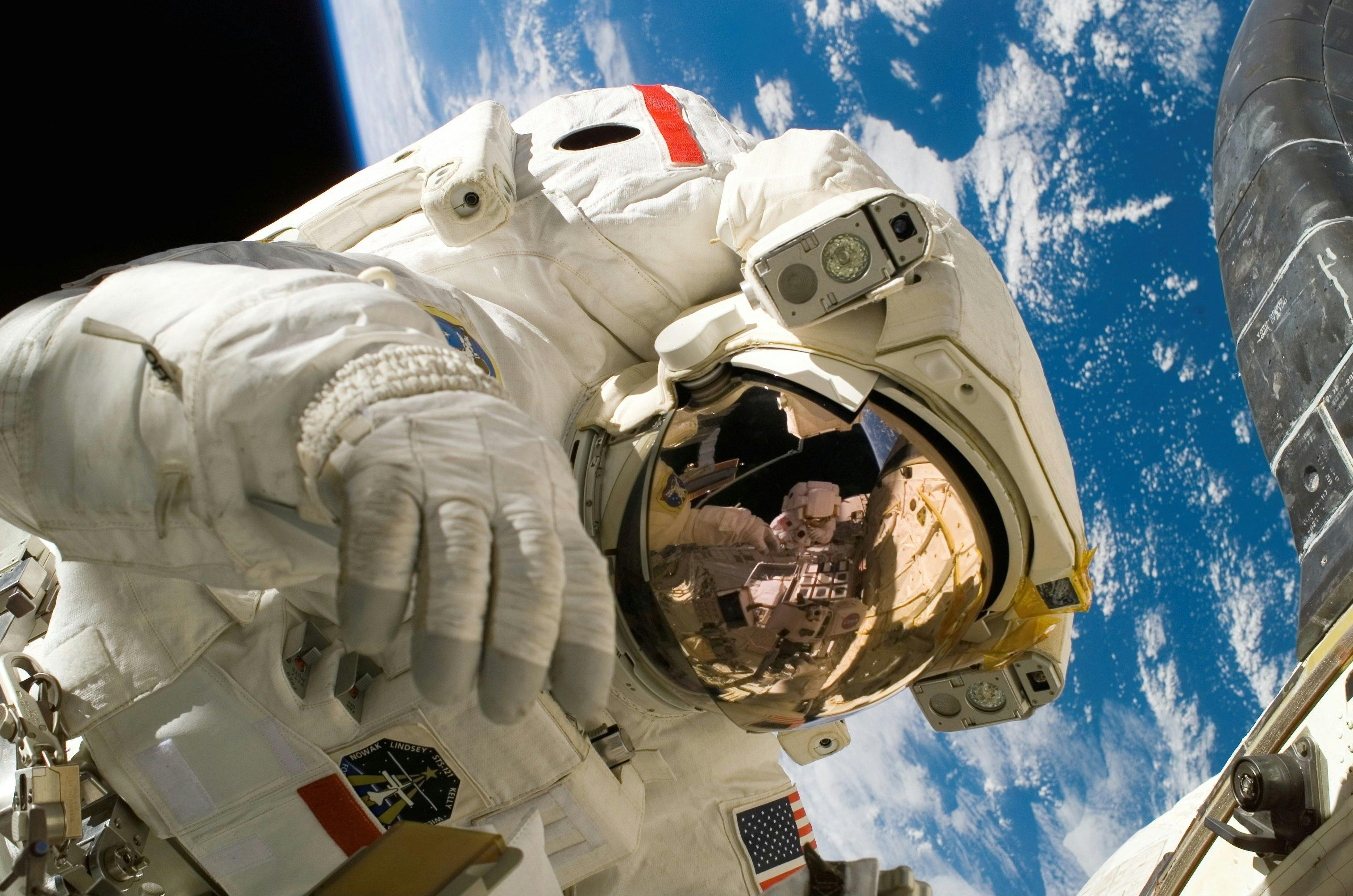Whiskers in Space: The Untold Story of Feline Astronauts
Imagine a world where cats floating in zero gravity isn't just a viral video trend, but a scientific reality. Welcome to the fascinating realm of feline space exploration, where our furry companions have played a crucial role in advancing our understanding of space travel and its effects on living organisms. This article delves into the little-known history of cats in space, their contributions to space research, and the ongoing debate about their potential role in future missions.

The Pioneering Paws: Early Feline Space Missions
The story of cats in space begins in the 1960s, during the height of the Cold War space race. While dogs like Laika gained fame for their orbital missions, cats were also being prepared for space flight, albeit with less publicity. The French space program, in particular, saw potential in felines as test subjects due to their small size, agility, and complex nervous systems.
Félicette, often referred to as the first cat in space, made history on October 18, 1963. Launched from the Sahara Desert, she experienced weightlessness and reached an altitude of 100 miles before safely parachuting back to Earth. This groundbreaking mission provided valuable data on the effects of microgravity on feline physiology and set the stage for further research into animal spaceflight.
Feline Physiology in Microgravity
One of the most intriguing aspects of feline space research is how cats adapt to weightlessness. Unlike humans, who often experience disorientation and motion sickness in zero gravity, cats seem to adjust remarkably well. Their innate balance and flexibility allow them to maneuver effortlessly in microgravity environments.
Researchers have observed that cats in simulated weightlessness quickly learn to use their tails for stabilization and propulsion, much like how they use them for balance on Earth. This adaptability has led to studies on how feline vestibular systems might inform the development of better space suits and training programs for human astronauts.
The Cats’ Meow: Communication in Space
Another fascinating area of study is how space travel affects feline communication. On Earth, cats rely heavily on body language and vocalizations to express themselves. In the unique environment of a spacecraft, these communication methods may need to adapt.
Scientists have noted changes in the frequency and duration of meows in simulated space environments, suggesting that cats might modify their vocalizations to compensate for the altered acoustics of a spacecraft. This research not only provides insights into feline behavior but also has implications for understanding how human communication might evolve during long-term space missions.
Space Nutrition: Feeding Felines in Orbit
Ensuring proper nutrition for animals in space is a critical challenge, and cats present unique dietary requirements. Researchers have developed special space-friendly cat food that meets nutritional needs while being easy to store and consume in microgravity.
These feline space rations typically come in the form of nutrient-dense paste or gel that can be easily squeezed from tubes. The formulations are designed to prevent dehydration, maintain muscle mass, and support bone density – all crucial factors in the low-gravity environment of space. Current estimates suggest that specialized space cat food could cost between $500 to $1000 per kilogram, reflecting the complexity of its development and production.
The Future of Felines in Space Exploration
As we look towards long-term space habitation and potential missions to Mars, the role of cats in space research continues to evolve. Some scientists argue that cats could serve as valuable companions on extended space missions, providing emotional support to human astronauts and helping to combat the psychological effects of isolation.
Others propose using cats as part of self-sustaining ecosystems in space habitats, where they could help control small pests and contribute to the overall balance of the enclosed environment. However, these ideas remain controversial, with concerns about animal welfare and the practicality of maintaining pets in the challenging conditions of space.
Ethical Considerations and Animal Welfare
The use of animals in space research, including cats, raises important ethical questions. While past missions have provided valuable scientific data, modern space agencies are increasingly focused on developing alternatives to animal testing. Computer simulations and human volunteers now play a larger role in space research, reducing the need for animal subjects.
Nevertheless, the legacy of feline astronauts continues to inform current space science. The data gathered from these pioneering cats has been instrumental in developing safety protocols, life support systems, and our understanding of the biological effects of space travel.
As we continue to push the boundaries of space exploration, the story of cats in space serves as a reminder of the unexpected paths scientific discovery can take. From Félicette’s historic flight to ongoing research into feline adaptability in microgravity, cats have left an indelible paw print on the cosmic frontier. While their days as test subjects may be behind us, the contributions of these feline space pioneers will forever be etched in the stars.





